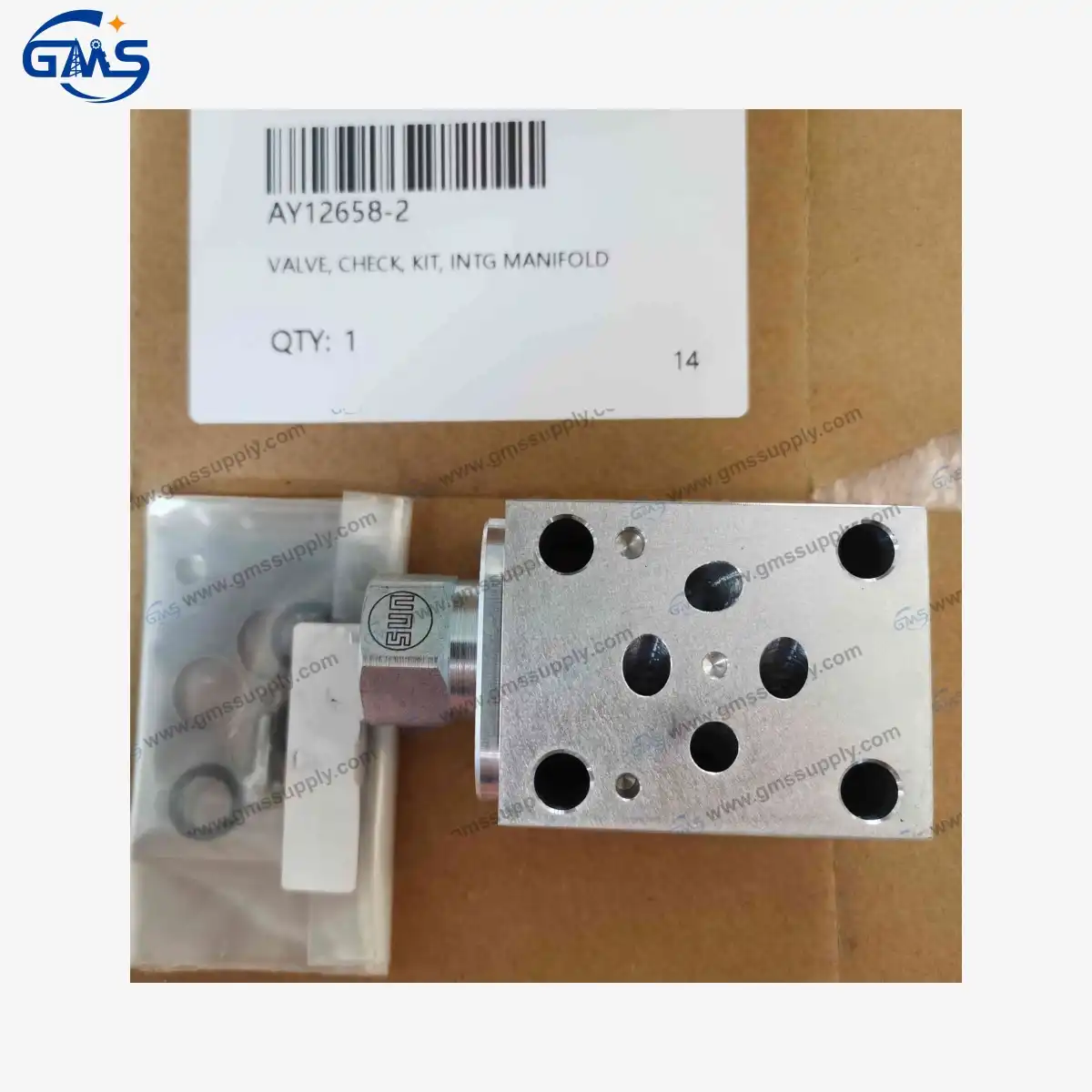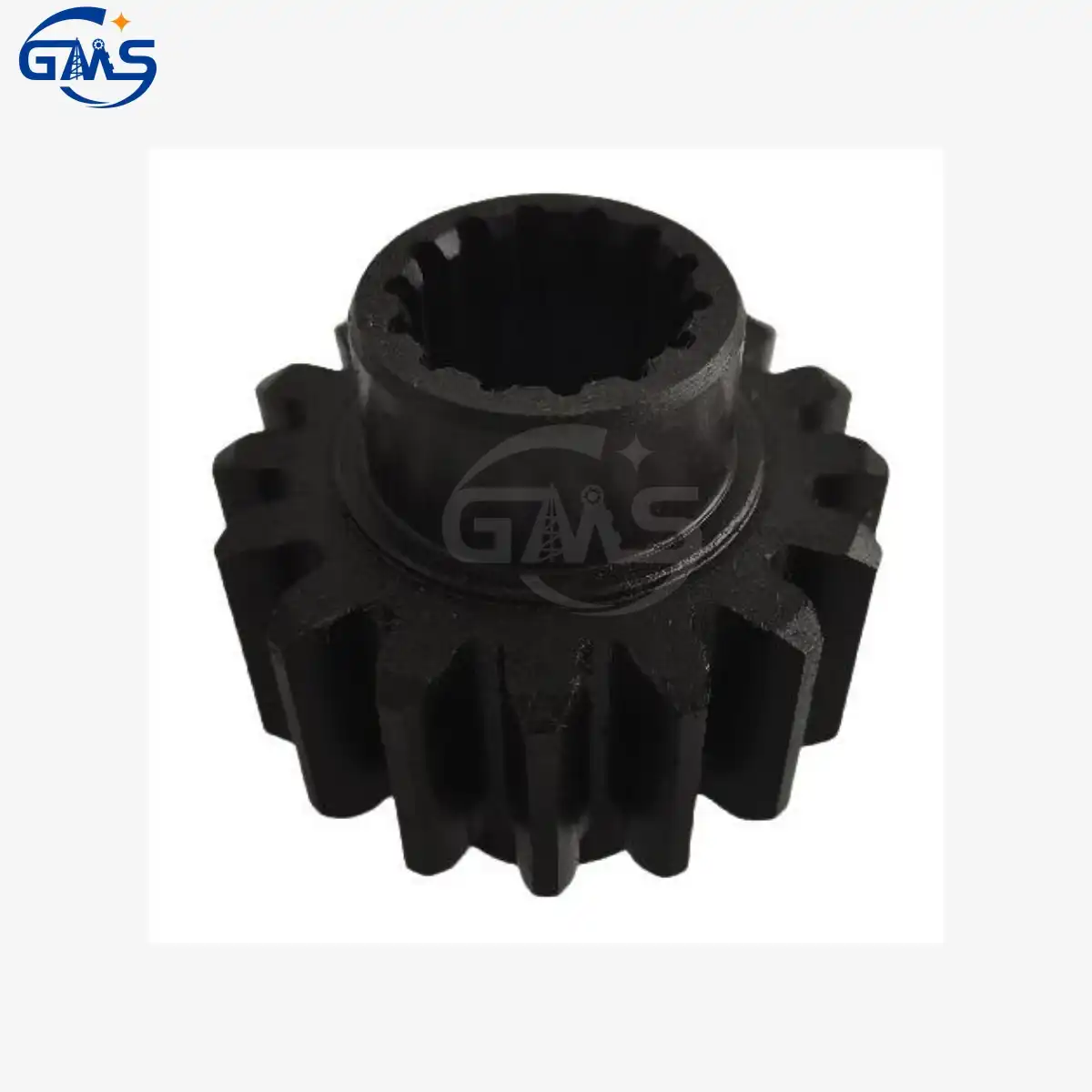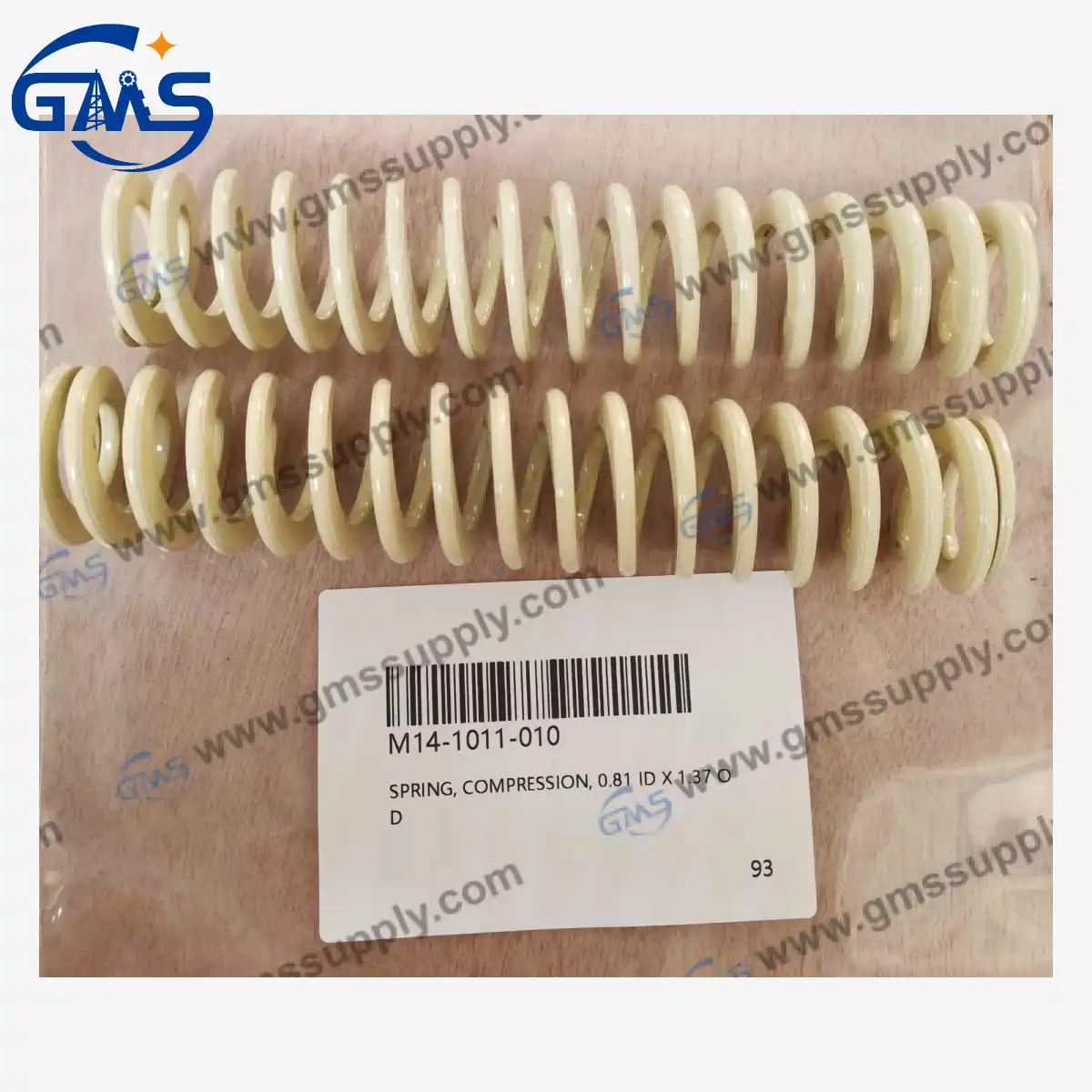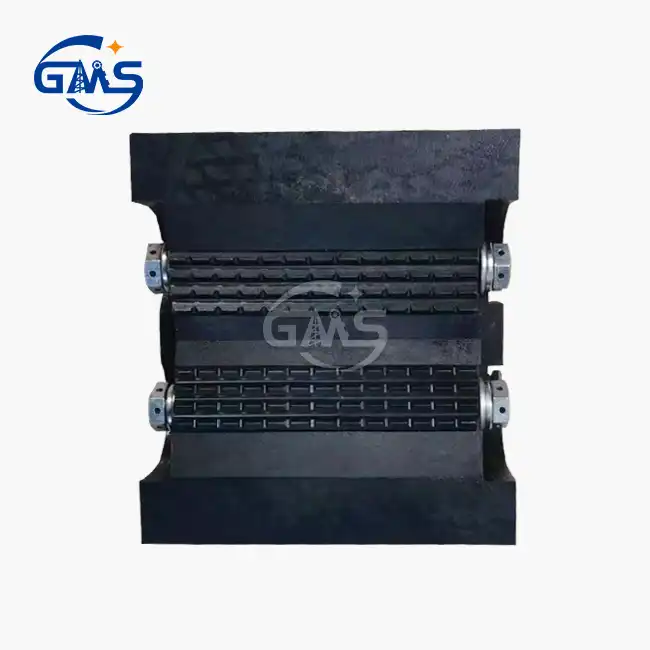- English
- French
- German
- Portuguese
- Spanish
- Russian
- Japanese
- Korean
- Arabic
- Greek
- German
- Turkish
- Italian
- Danish
- Romanian
- Indonesian
- Czech
- Afrikaans
- Swedish
- Polish
- Basque
- Catalan
- Esperanto
- Hindi
- Lao
- Albanian
- Amharic
- Armenian
- Azerbaijani
- Belarusian
- Bengali
- Bosnian
- Bulgarian
- Cebuano
- Chichewa
- Corsican
- Croatian
- Dutch
- Estonian
- Filipino
- Finnish
- Frisian
- Galician
- Georgian
- Gujarati
- Haitian
- Hausa
- Hawaiian
- Hebrew
- Hmong
- Hungarian
- Icelandic
- Igbo
- Javanese
- Kannada
- Kazakh
- Khmer
- Kurdish
- Kyrgyz
- Latin
- Latvian
- Lithuanian
- Luxembou..
- Macedonian
- Malagasy
- Malay
- Malayalam
- Maltese
- Maori
- Marathi
- Mongolian
- Burmese
- Nepali
- Norwegian
- Pashto
- Persian
- Punjabi
- Serbian
- Sesotho
- Sinhala
- Slovak
- Slovenian
- Somali
- Samoan
- Scots Gaelic
- Shona
- Sindhi
- Sundanese
- Swahili
- Tajik
- Tamil
- Telugu
- Thai
- Ukrainian
- Urdu
- Uzbek
- Vietnamese
- Welsh
- Xhosa
- Yiddish
- Yoruba
- Zulu
What are the benefits of compound gears?
Compound gears represent a sophisticated mechanical solution that delivers exceptional performance advantages across numerous industrial applications. These gear systems, which feature multiple gears mounted on the same shaft, offer superior mechanical efficiency, compact design solutions, and enhanced torque transmission capabilities compared to simple gear configurations. The Gear Compound 30156250, specifically engineered for oil drilling top drive systems, exemplifies these benefits through its proven reliability in demanding operational environments. Understanding the comprehensive advantages of compound gears becomes essential for professionals seeking optimal mechanical solutions in industries ranging from oil and gas exploration to heavy machinery applications, where precision and durability directly impact operational success.

Enhanced Mechanical Advantage and Speed Control
Compound gears can achieve larger mechanical advantages or gear ratios within a more compact space, providing more varied and precise control over the speed and torque of the output gear without needing very large or very small gear configurations. The Gear Compound 30156250 demonstrates this principle effectively in TDS-11SA and TDS-9SA top drive systems, where precise rotational control is crucial for drilling operations. The mechanical advantage achieved through compound gear arrangements allows operators to optimize drilling parameters while maintaining consistent performance under varying load conditions. The compound gear configuration enables engineers to design systems that deliver specific speed ratios through multiple stages of gear reduction or acceleration. This multi-stage approach provides greater flexibility in achieving desired output characteristics compared to single-gear systems. In oil drilling applications, the Gear Compound 30156250 facilitates smooth power transmission from the motor to the drilling assembly, ensuring consistent rotational speeds that are essential for effective drilling operations. The ability to fine-tune mechanical advantage through compound gear design makes these systems particularly valuable in applications where precise control over output parameters is critical for operational success.
Compact Design and Space Efficiency
Compound gear trains use smaller sizes of gears, making them more compact than simple gear trains, and allow higher speed reduction with less centre distance between output and input shafts. The space-saving characteristics of compound gears make them ideal for applications where installation space is limited, such as offshore drilling platforms and mobile drilling rigs. The Gear Compound 30156250 exemplifies this advantage by providing robust power transmission capabilities within the confined spaces typical of top drive assemblies. The compact nature of compound gear systems results from their ability to achieve high gear ratios through multiple stages rather than requiring extremely large or small individual gears. This design approach eliminates the need for oversized components that would be impractical in many industrial applications. In drilling operations, where equipment must often fit within tight spatial constraints, the compact design of components like the Gear Compound 30156250 becomes particularly valuable. The reduced footprint allows for more efficient equipment layouts while maintaining the mechanical performance required for demanding drilling conditions.
Superior Transmission Efficiency and Reliability
Due to the absence of slip, compound gear systems achieve higher transmission efficiency, making them capable of greater speed reduction with improved performance characteristics. The Gear Compound 30156250 leverages this efficiency advantage to deliver consistent power transmission in oil drilling applications where reliability is paramount. Unlike belt-driven systems that may experience slippage under heavy loads, compound gears maintain precise rotational relationships between input and output shafts regardless of operating conditions. The high transmission efficiency of compound gears translates directly into reduced energy consumption and improved system performance. In drilling operations, this efficiency becomes particularly important as it affects overall operational costs and equipment reliability. The Gear Compound 30156250, manufactured to ISO 9001 standards, ensures consistent performance throughout extended drilling campaigns. The absence of slip in gear systems also means that rotational timing remains precise, which is crucial for coordinated drilling operations where multiple systems must work in synchronization.
Versatile Applications in Industrial Settings
Compound gear trains are utilized across diverse applications including automotive transmissions, industrial machinery, robotics, and aerospace applications due to their high gear ratios, compact designs, and improved mechanical advantage. The Gear Compound 30156250 serves as an excellent example of this versatility, finding applications in various drilling scenarios from onshore exploration to offshore platforms. The adaptability of compound gear systems makes them suitable for both standard and specialized drilling operations. The versatility of compound gears extends beyond their mechanical characteristics to include their compatibility with different operational environments and requirements. In oil and gas exploration, the Gear Compound 30156250 performs reliably across various drilling conditions, from shallow wells to deep-sea operations. This adaptability results from the robust design principles inherent in compound gear systems, which can accommodate varying load conditions while maintaining consistent performance. The ability to customize gear ratios and configurations makes compound gears particularly valuable in specialized applications where standard solutions may not provide optimal results.
Cost-Effective Alternative Solutions
The Gear Compound 30156250 alternative components offer significant cost advantages while maintaining performance standards required for demanding drilling operations. These alternatives provide budget-conscious operators with access to high-quality gear solutions without compromising operational reliability. The cost-effectiveness of alternative compound gear components becomes particularly attractive for companies managing multiple drilling projects or those operating with constrained budgets. Alternative compound gear solutions like the Gear Compound 30156250 deliver substantial value by reducing initial equipment costs and ongoing maintenance expenses. The availability of stock items ensures rapid deployment and minimizes downtime associated with component replacement or system upgrades. Companies utilizing these cost-effective alternatives can allocate resources more efficiently while maintaining the operational capabilities required for successful drilling projects. The proven performance of alternative components in field applications demonstrates that cost savings do not necessarily require performance compromises.
Enhanced Durability and Maintenance Benefits
Compound gear trains are most often used when space constraints and the need for higher torque are key factors, making them ideal for demanding applications. The Gear Compound 30156250 incorporates robust materials and precision manufacturing techniques that ensure extended service life in harsh drilling environments. The durability advantages of compound gears result from their distributed load characteristics and the use of high-quality materials throughout the gear train assembly. The maintenance benefits of compound gear systems stem from their inherent design stability and reduced wear characteristics compared to alternative power transmission methods. The Gear Compound 30156250, backed by ISO 9001 certification, undergoes rigorous quality control processes that ensure consistent performance and reliability. Regular maintenance procedures for compound gears are typically straightforward, involving periodic lubrication and inspection protocols that can be integrated into existing maintenance schedules. The predictable wear patterns and established maintenance procedures associated with compound gear systems contribute to reduced operational costs and improved equipment availability.
Conclusion
Compound gears deliver exceptional benefits through their enhanced mechanical advantage, compact design, superior transmission efficiency, and proven reliability across diverse industrial applications. The Gear Compound 30156250 exemplifies these advantages while offering cost-effective alternatives for oil drilling operations. With over a decade of industry experience, Global Machinery Supply Co., Ltd. provides ISO 9001 certified compound gear solutions that combine proven performance with competitive pricing, making them ideal for budget-conscious operators seeking reliable mechanical solutions.
Ready to experience the advantages of high-quality compound gear solutions for your operations? As a leading China Gear Compound 30156250 factory and supplier, Global Machinery Supply Co., Ltd. offers comprehensive compound gear solutions at competitive prices. Our China Gear Compound 30156250 manufacturer capabilities ensure rapid delivery of quality components, while our China Gear Compound 30156250 wholesale programs provide cost-effective solutions for large-scale projects. Whether you need Gear Compound 30156250 for sale for immediate deployment or require detailed Gear Compound 30156250 price information for project planning, our experienced team stands ready to assist. Contact our experts today at sales@gmssupply.com to discover how our compound gear solutions can optimize your operations while reducing costs. Take advantage of our extensive inventory, short lead times, and exceptional after-sales support to keep your projects moving forward efficiently.
References
1. Budynas, Richard G. and Nisbett, J. Keith. "Shigley's Mechanical Engineering Design." McGraw-Hill Education, 2020.
2. Norton, Robert L. "Machine Design: An Integrated Approach." Pearson Education, 2019.
3. Hamrock, Bernard J., Schmid, Steven R., and Jacobson, Bo O. "Fundamentals of Machine Elements." CRC Press, 2021.
4. Khurmi, R.S. and Gupta, J.K. "Theory of Machines and Machine Design." S. Chand Publishing, 2018.
Learn about our latest products and discounts through SMS or email



